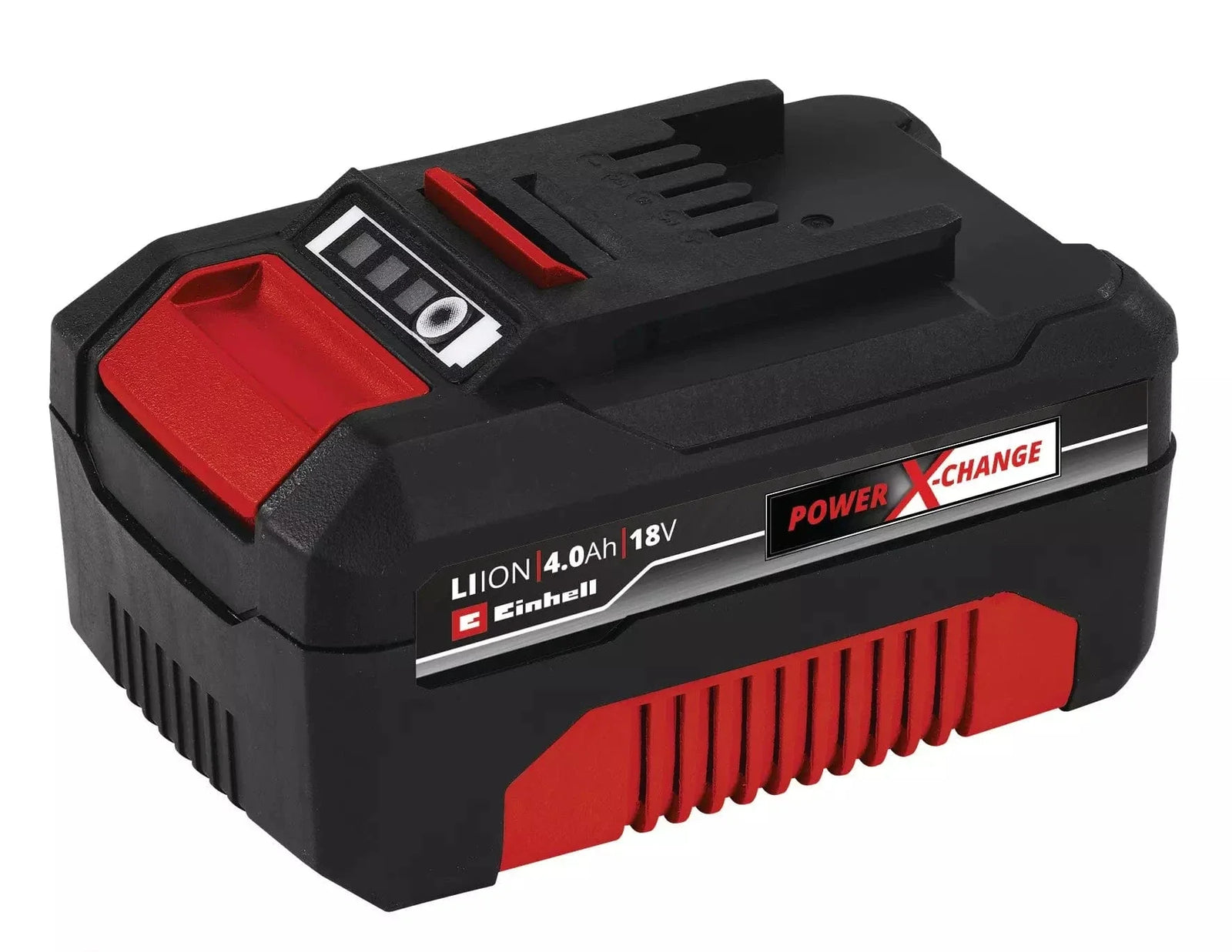Que vous soyez soudeur, métallier, entrepreneur ou bricoleur, les outils électroportatifs sans fil sont probablement devenus indispensables à votre travail. Mais le cœur de tout outil sans fil, c'est sa batterie ; et la façon dont vous l'entretenez peut faire toute la différence quant à sa durée de vie, ses performances et même votre sécurité.
Une charge inadéquate, des conditions de stockage extrêmes et un manque d'entretien peuvent entraîner une défaillance prématurée de la batterie, une perte de productivité et des frais de remplacement supplémentaires. Dans cet article, nous aborderons les bonnes pratiques d' entretien des batteries lithium-ion pour outils électroportatifs , afin de garantir leur bon fonctionnement pendant de nombreuses années.
🔋 1. Utilisez toujours le chargeur approprié.
Chaque batterie est conçue pour fonctionner avec un chargeur spécifique. L'utilisation de chargeurs non compatibles ou inadaptés peut endommager les cellules, réduire leur durée de vie, voire provoquer un incendie. Utilisez toujours le chargeur fourni ou recommandé par le fabricant de l'outil. Il ne s'agit pas seulement de compatibilité, mais aussi de sécurité et d'efficacité.
🌡 2. Évitez les températures extrêmes
Les batteries lithium-ion n'apprécient pas les températures extrêmes.
-
Trop chaud ? Cela peut provoquer une surchauffe, un gonflement ou une réduction de la capacité de charge.
-
Trop froid ? Charger la batterie à basse température peut l'endommager de façon permanente.
Meilleures pratiques :
Entreposez et utilisez les piles à une température comprise entre 10 °C et 30 °C (50 °F et 86 °F) . Si vous travaillez à l'extérieur pendant les hivers canadiens ou dans un atelier où il fait chaud en été, rentrez les piles à l'intérieur lorsqu'elles ne sont pas utilisées.
🛠 3. Rangez correctement les piles
Si vous n'utilisez pas une batterie pendant un certain temps, conservez-la partiellement chargée (environ 40 à 60 % ) dans un endroit frais et sec . Évitez de laisser les batteries sur des outils ou en plein soleil.
-
Ne rangez pas les piles dans des contenants métalliques ou à proximité de matériaux inflammables.
-
Si possible, utilisez des supports de rangement pour batteries ou des étuis rigides pour éviter tout dommage physique.
🔁 4. Utilisez et rechargez régulièrement
Les batteries lithium-ion fonctionnent mieux avec une utilisation et des cycles de charge réguliers . Si vous les laissez inutilisées pendant des mois, elles risquent de se décharger ou de se dégrader plus rapidement. Essayez de recharger et d'utiliser vos batteries au moins toutes les quelques semaines afin de préserver leur chimie interne.
🧯 5. Ne jamais surfacturer
Les chargeurs modernes sont généralement dotés d'une protection contre la surcharge, mais il est toujours préférable de retirer la batterie une fois qu'elle est complètement chargée . La laisser branchée indéfiniment peut générer une chaleur excessive ou endommager les cellules de la batterie à long terme.
Conseil : Si votre chargeur possède des voyants lumineux, débranchez-le lorsque le voyant vert est complètement allumé.
🔍 6. Vérifiez les piles avant utilisation
Avant chaque intervention, prenez quelques secondes pour inspecter votre batterie :
-
Recherchez les fissures, les gonflements ou les perforations.
-
Vérifiez que les bornes ne sont pas corrodées ou recouvertes de débris.
-
Si le produit dégage une odeur de brûlé ou est chaud au toucher avant utilisation, ne prenez aucun risque . Remplacez-le immédiatement.
Les batteries endommagées peuvent être dangereuses et annuler la garantie.
📦 7. Manipuler avec précaution
Cela paraît évident, mais faire tomber votre batterie — ou la jeter dans une boîte à outils — peut causer des dommages internes invisibles au premier abord. Traitez vos batteries comme des outils de précision :
-
Gardez-les au sec et propres.
-
Évitez les chocs ou les vibrations prolongées.
-
Utilisez un rangement ou des clips dédiés aux batteries lors de leur transport.
⚠️ Conseil bonus : Jetez les piles de manière responsable.
Lorsqu'une pile arrive en fin de vie, ne la jetez pas à la poubelle. Apportez-la à un centre de recyclage de piles agréé ou à votre déchetterie locale. Cela permet de prévenir les dommages environnementaux et de respecter la plupart des réglementations provinciales en matière de déchets.
🔋 Rechargez plus intelligemment, travaillez plus longtemps avec Einhell
Chez Crossfire, nous sommes fiers de proposer les outils électroportatifs Einhell , conçus en Allemagne pour une efficacité, une durabilité et une liberté sans fil optimales sur les chantiers comme en atelier. Cependant, même les meilleurs outils nécessitent un entretien adéquat des batteries pour conserver des performances optimales.
En adoptant les bonnes habitudes d'entretien, vous prolongerez la durée de vie de vos batteries lithium-ion Einhell , réduirez les temps d'arrêt et optimiserez chaque charge.
🔗 Découvrez nos offres spéciales Einhell 2025 :
https://crossfirewelders.com/collections/einhell-power-tools-2025-flyer-specials

